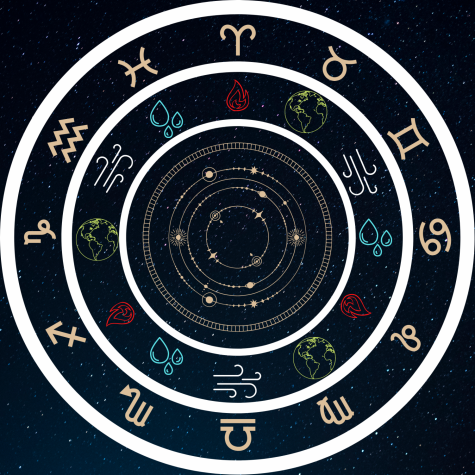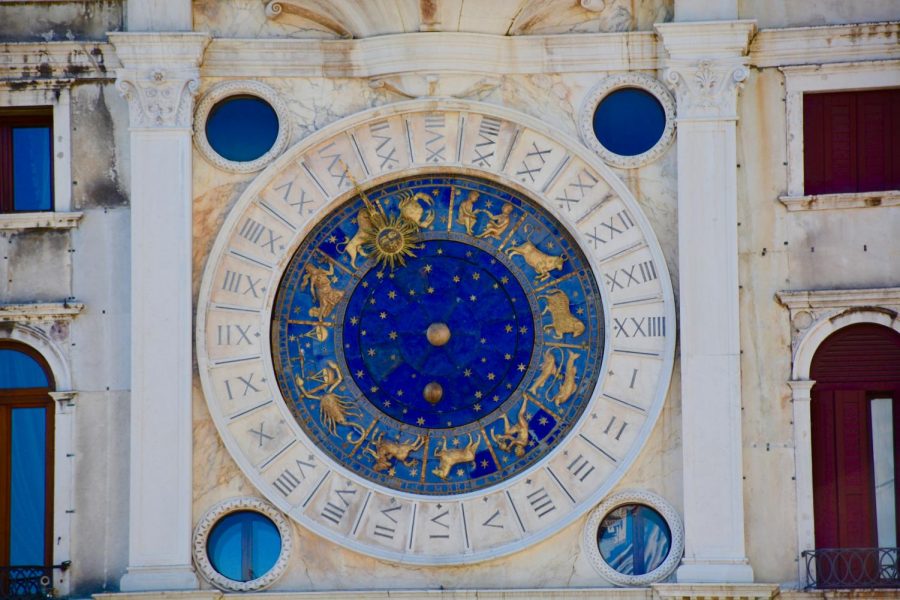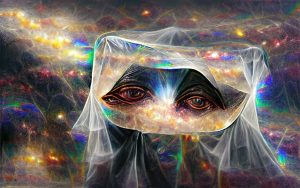An Astrological Introduction
St. Mark’s clocktower in Venice, Italy is a popular tourist attraction. It has all of the zodiac signs on a stunning blue clock face. It was built during the 15th century. Used with permission from Unsplash
October 26, 2021
Gen Z and Tik Tok are accountable for astrology’s rise to fame. The previously taboo pseudoscience is gaining increasing popularity through social media. Our generation has fallen in love with astrology, and it might have something to do with our Pisces Pluto and Aquarius Neptune.
If all the talk about Plutos and Neptunes is confounding, don’t fret. This is the first article of a new column called Looking For Signs where I deep-dive into astrology. There will be articles coming out explaining all of the signs and planets and terms of astrology. I’ll break everything down to basics and build it back up.
However, before we can do any actual analysis, it’s important that we get a good idea of what astrology is and what it isn’t.
Brief Overview of Astrology
There are 12 astrological signs: Aries, Taurus, Gemini, Cancer, Leo, Virgo, Libra, Scorpio, Sagittarius, Capricorn, Aquarius and Pisces. They can be broken down into elements or modalities. There are four elements (Fire, Earth, Air and Water) and three modalities (Cardinal, Fixed and Mutable). Modalities are simply another way to categorize the zodiac signs.
Aries, Leo and Sagittarius are Fire signs. Taurus, Virgo and Capricorn are Earth signs. Gemini, Libra and Aquarius are air signs. Cancer, Scorpio and Pisces are Water signs. The Cardinal signs are Aries, Capricorn, Cancer and Libra. The Fixed signs are Taurus, Leo, Scorpio and Aquarius. The Mutable signs are Gemini, Virgo, Sagittarius and Pisces.
Astrology is all about patterns. The astrological calendar starts with a Cardinal Fire sign, Aries, at the Spring Equinox and the first four signs are fire, earth, air and water. The calendar cycles through that. The first three signs are cardinal, fixed and mutable and the calendar follows this pattern as well. There is one sign of each element in a modality and there is one sign of each modality in an element. Cardinal signs always bring in a season and Mutable signs are always at the tail end. These patterns speak to the characteristics of the signs, modalities, and elements too.

What Astrology is
We’ve talked a bit about how astrology is structured, but what exactly is astrology? It’s not a science. It’s more patterns, predictions, and interpretations. I like to think of it as statistics or data science. An interpretation of a birth chart can be different based on the astrologer. A birth chart is similar to a how-to guide for self-improvement. It explains your faults, your strengths and your tendencies. It teaches you how to become the best version of yourself. Astrologers believe in free will. In other words, the stars don’t control our actions; however, they can give insight into behaviors and tendencies.
There’s more to astrology than just Sun signs. Most people know their Sun sign. It’s the most commonly talked about on social media, so much so that there is an entire side of TikTok called Sun Sign Tik Tok. What most people don’t know, however, is that they actually have an astrological sign for each planet, including Pluto, and a few asteroids. There are also astrological houses that have their own sign as well that can be found in a birth chart.
Birth charts are maps of the sky at the exact moment and place a person was born. This chart is split into astrological houses. Each house gets a sign based on where the constellations for the zodiac signs were in the sky. The planets fall into houses and signs as well.
What Astrology Isn’t
Now that we’ve talked a bit about what astrology is, we can talk about what it isn’t. More importantly, we can debunk common myths and misconceptions surrounding astrology.
Myth #1: All of Astrology is the same
There are actually many different types and systems of astrology, from Vedic to western. The most common are Tropical and Sidereal. Tropical astrology is the one dominating the media and the western world. It focuses on time and assigns signs to seasons and months.
Some astrologers consider sidereal astrology as the more accurate system. It takes into account how constellations change and move over time. Sidereal astrology focuses on the equator and the exact relationship between the stars and the natural world.
Myth #2: Astrology is foolproof
Whether astrology as a system is perfect or not is up to debate; however, the stars require interpretation. An astrologer’s job is to interpret the positions of celestial bodies but they’re only human, and humans are subject to error. Astrology is not foolproof and no one should rely entirely on it, but it is useful when utilized correctly.
Myth #3: Astrology can predict the future
Astrology wasn’t designed to predict the future. It was designed to help people harness their strengths and focus their energies. In no way, shape or form is astrology synonymous with fortune-telling. We shouldn’t follow astrology blindly. It is important to be aware of the world and make informed decisions rather than doing something because astrology said so. Astrology is a tool, but not the end-all-be-all expert on everything.
Myth #4: “ ____ is a terrible placement”
There is no such thing as a terrible placement in an astrological birth chart. Although astrologers have terms such as detriment and fall, there aren’t actually any “good” or “bad” placements. Every placement has its flaws and strengths.
Myth #5: We can blame astrology for our shortcomings
Astrology doesn’t serve as a scapegoat and no one should use it to make excuses. It’s not responsible for failures or setbacks. Again, astrology is a tool that can give us insight into our characters and guidance but it does not predict the future or control us. Astrology is not responsible for our actions, we are.
Astrology is a whole universe of its own. I personally find it fun and fascinating and I know many others do too. It’s a great way to understand the world around us and other people. It serves as a road map for life and it helps us grow into the best version of ourselves. Although not always painted in the most flattering light, astrology is a brilliant tool when used correctly.





